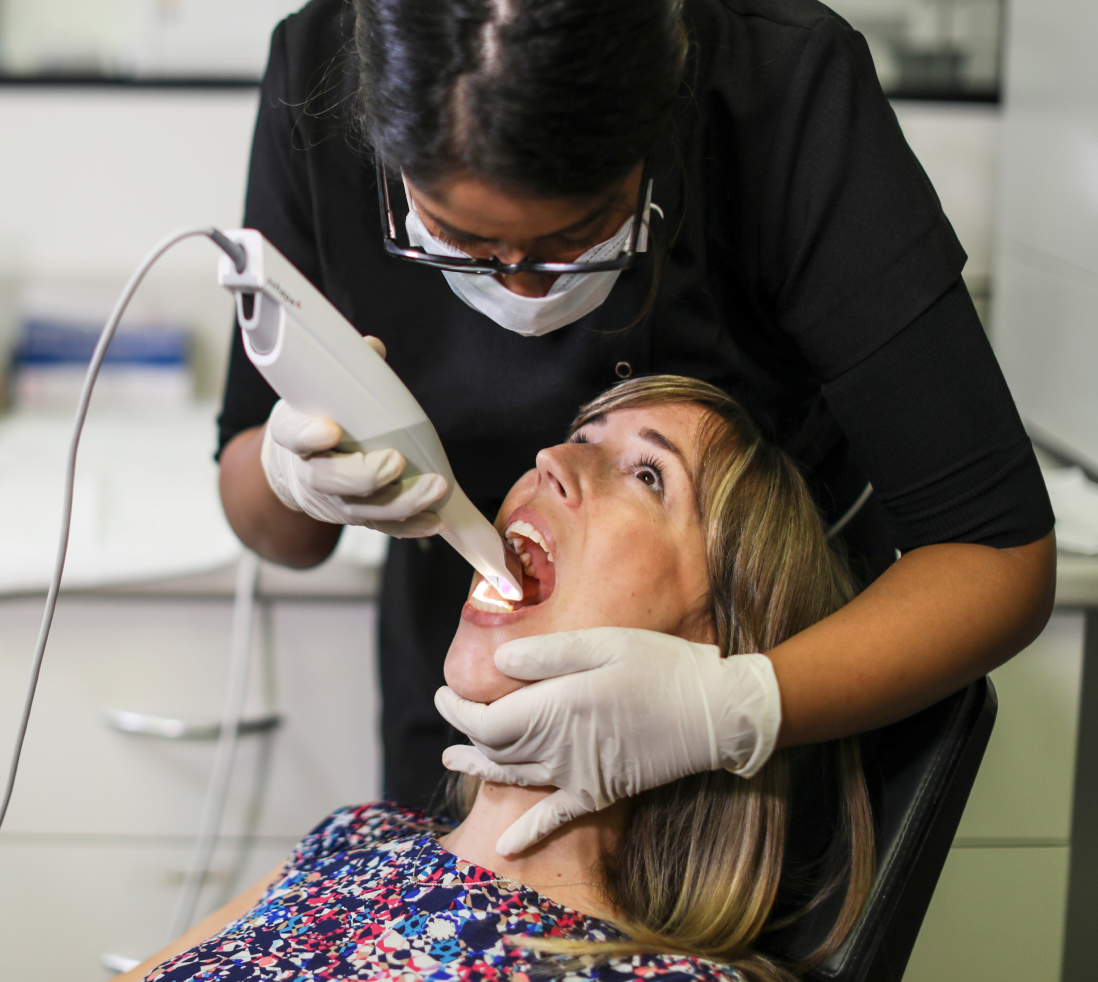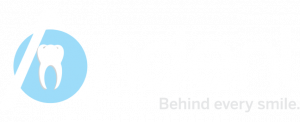Andent paves your digital pathway
Although digital dentistry has been around for many years, the more recent confluence of factors – increased digital uptake along with advancements in intraoral scanning, CAD/CAM and 3D printing technology – has significantly raised the quality of digital dental restorations.
Digital impression systems have become more user-friendly, predictable and affordable. With intraoral scanners, you can instantly send digital impressions to your lab. The electronic files facilitate exchange between dentists and specialists while fostering efficient treatment planning. From initial design to the final product, the digital workflow allows a stress-free restoration experience for you and your patients.
When a digital-ready Australian lab like Andent offers flexible turnkey solutions to complement their experienced technician team, your digital process can be further streamlined for quick, easy and consistent turnaround.
How does it work?
It all starts with a digital scan. It takes about 90 seconds to scan a prepped tooth with an intraoral scanner. Once captured, all you need to do is review the scan, complete a prescription form and send it digitally to Andent.
Over at the Andent lab, our team can begin processing an intraoral scan within minutes of receiving it.
Choose your scanner
To smoothen your digital pathway, Andent accepts digital impressions from any intraoral scanning system capable of producing 3D images in STL (Stereolithography) file format.
“One of the benefits is that we offer various portals to accept all the different intraoral scans,” says Andent’s General Manager, Matt Smith.
“While a lot of labs do not accept a particular scanner or they may only accept a specific brand, we do not have a preference.”
Major scanner brands utilising this format include: Planmeca (E4D) Planscan™; 3M™ True Definition Scan; Medit i500; and more. If you are unsure whether your scanner can produce STL files, you may contact your scanner provider or manufacturer for clarification.
The Melbourne-based lab also supports other leading intraoral scanners such as 3Shape TRIOS®; iTero™; Sirona (CEREC); and Carestream.
“At Andent, we are able to work with whatever the dentist prefers,” Smith adds, “using the system or workflow most suited to their type of surgery.”
CAD/CAM Workflow
Our technicians use the digitised scans of the patient’s mouth to design the replacement prosthetics – from crowns and bridges to full dentures and implant components. We utilise the CAD software to guide the entire design process. The digital design file (for example an STL file) is then imported to the CAM software.
Interpreting the CAD design data, the software outputs the machine instructions used to control the cutting edge CAM hardware (dental mill or printer) during the fabrication process.
Just state your preferred prosthetic material of choice and it’s off to work.
Finishing the Prosthetic to Final Product
After the prosthetic has been printed or milled, it is now ready for final processing.
The type of process depends on the material. For example, zirconia restorations are sintered in a sintering oven, while glass ceramics are finished in a crystallisation oven.
The ceramics are then hand-finished by characterising, staining, glazing, and polishing the restorations.
Finally, the finished cases of prosthetics – including frameworks, crowns, and bridges – will be delivered to your dental office for fitting.
Digital rebates
Because digital dental restorations are very precise, the digital workflow keeps chairside adjustments to a minimum. Based on industry standards, the use of intraoral scans reduces the remake percentage from roughly 4% to less than 1%.
“From a workflow, record keeping and accuracy point of view, digital impression systems work so much better,” says Smith.
To encourage the digital uptake, Andent is offering digital rebates based on your lab spend.
To be eligible for the cash rebate, simply send Andent a minimum of five digital cases a month – and enjoy monthly rebates of up to $1,000 every month when you reach the spend threshold.
“If you have a digital intraoral scanner, it makes perfect sense to sign up because there are no fees involved,” Smith adds.
“As long as your lab spend is above $2,000, you get a $250 rebate. Too easy.”



